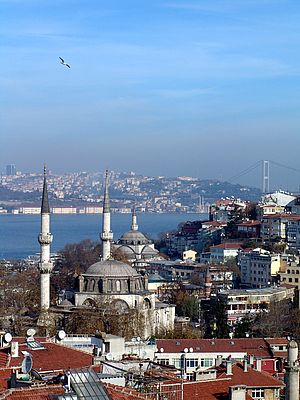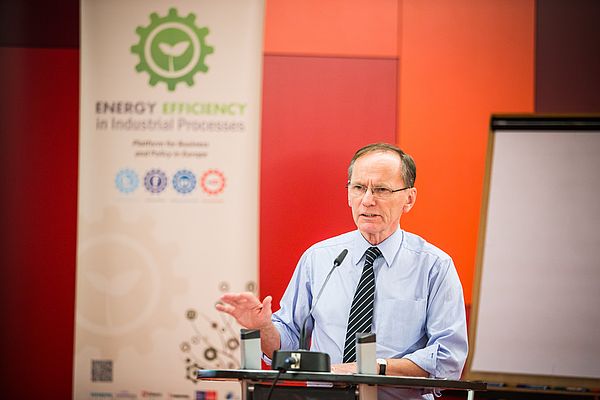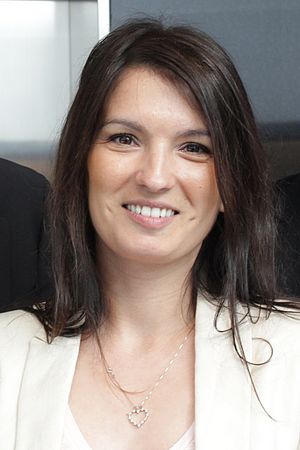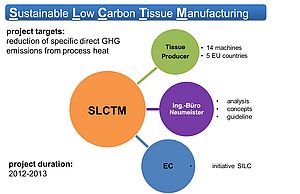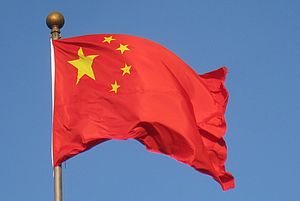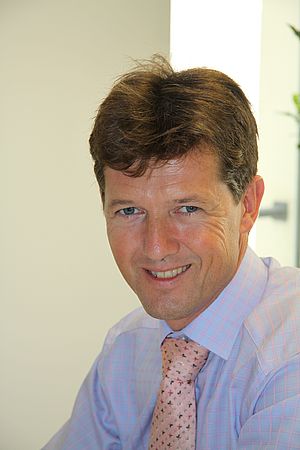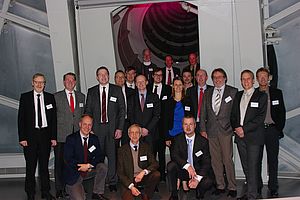By Rod Janssen, EiD and chairman of EEIP Finance Consortium
Istanbul is on the Bosphorus River that is the link between the Black Sea and the Mediterranean region and where Asia meets Europe. In January I was a keynote speaker at Energy Efficiency Week, speaking on industrial energy efficiency. Specifically I wrote on ‘Re-thinking industrial energy efficiency: How to harness its potential.’
Turkey is an interesting example of where industrial energy efficiency is moving today. Why is industrial energy efficiency important? Well, globally Turkey is the 7th largest importer of natural gas and the 8th largest importer of coal. Industry consumes 29% of total final consumption, larger than any single sector. And one-third of its energy consumption in industry is from coal and a further 30% is from electricity, which has much coal generation.
The arguments for an ambitious industrial energy efficiency strategy are there and since 2004, Turkey has taken a much more active role in energy efficiency. The highlight was the 2007 energy efficiency law aims to reduce energy intensity by 15% below the reference scenario projections by 2020 and targets the largest energy-using sectors such as the manufacturing industry.
 Turkey has some good programs too, as shown in the box.
Turkey has some good programs too, as shown in the box.
Now the European Bank for Reconstruction and Development (EBRD), the World Bank and the UN Development Programme have important financing instruments.
In Turkey, the industrial sector has been important for government policy. The EiE, the energy agency, for example, has been very active in industrial energy efficiency since the 1980s, although it has not always been easy to get the government to give the sector the priority it needs. There are many obstacles that have kept the programme at a sub-optimal level.
A recent IEA review of Turkey recommended that the government should continue to increase awareness of the business rationale for energy efficiency. I think this was a kind way of saying that the priority is simply not there but they have the capability of creating that priority.
After years of stops and starts, we at EEIP realise that improved energy efficiency will not just happen. There are some simple things they can do:
- It requires active role of government and active role of groups such as industry associations and other stakeholders;
- The industrial sector is used to learning through best practice. That is why there are many sectoral associations for cement or aluminum or whatever to share experience and improve performance;
- Networking is fundamental. There is so much to learn;
- There is need for a sustainable financing mechanism; and
- Quantitative targets creates important focus.
In his presentation at Energy Efficiency Week, Mr Ozan Acar, Economic Policy Analyst at TEPAV (Economic Policy Research Institute), noted that Turkey is slowly becoming de-industrialised. Growth in the sector is sluggish. But Turkey must compete with developing countries and this means more R&D in manufacturing. Concerning ‘green growth,’ Turkey is falling behind and there is now the need to focus on ‘green’ for machinery equipment. This is essential if the country wants to integrate more with the EU. Mr Acar concluded that sustainability is a driving force and Turkey must benefit from the ‘green transformation.’
Turkey is at a crossroads. It needs to be a more active participant in Europe to benefit from best practice and information sharing. The people I met were highly motivated, yet realistic that things ‘move slowly’ in Ankara. When you consider their high dependence on imported energy, their high GHG emissions and their need to be competitive in the European market, there is no choice. And they know it. They know how to harness that potential. Now let’s hope they can overcome the multitude of administrative, institutional and cultural barriers to truly be a world leader.


